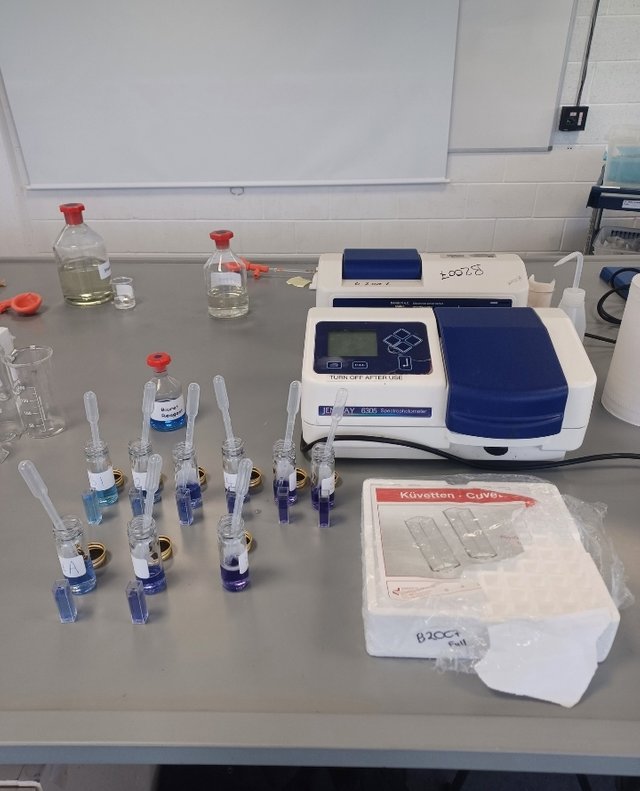
Spectrometry is a powerful analytical technique used to study the interaction between matter and electromagnetic radiation across a wide range of wavelengths. It encompasses various methods such as mass spectrometry, infrared spectroscopy, UV-visible spectroscopy, and nuclear magnetic resonance (NMR) spectroscopy. Each method exploits the unique properties of different regions of the electromagnetic spectrum to provide valuable information about the composition, structure, and properties of substances. Mass spectrometry, for example, separates ions based on their mass-to-charge ratio, providing insights into the molecular weight and composition of compounds. In contrast, NMR spectroscopy analyzes the nuclear magnetic properties of atoms, revealing details about molecular structure and dynamics.
Spectrometry has diverse applications across numerous scientific disciplines, including chemistry, physics, biology, environmental science, and materials science. In chemistry, it is widely used for qualitative and quantitative analysis of chemical compounds, identification of unknown substances, and elucidation of molecular structures. In physics, spectrometry techniques are employed to investigate the behavior of atoms, molecules, and particles, contributing to our understanding of fundamental principles such as quantum mechanics and atomic spectroscopy. In medicine and biology, spectrometry plays a crucial role in biomolecular research, drug discovery, and diagnostics, facilitating the study of proteins, nucleic acids, and metabolites. Moreover, spectrometry techniques are integral to environmental monitoring, forensics, and materials characterization, underscoring their broad utility and significance in advancing scientific knowledge and technological innovation.